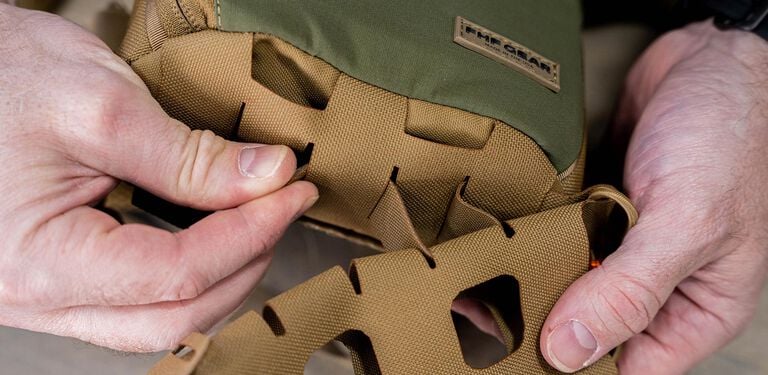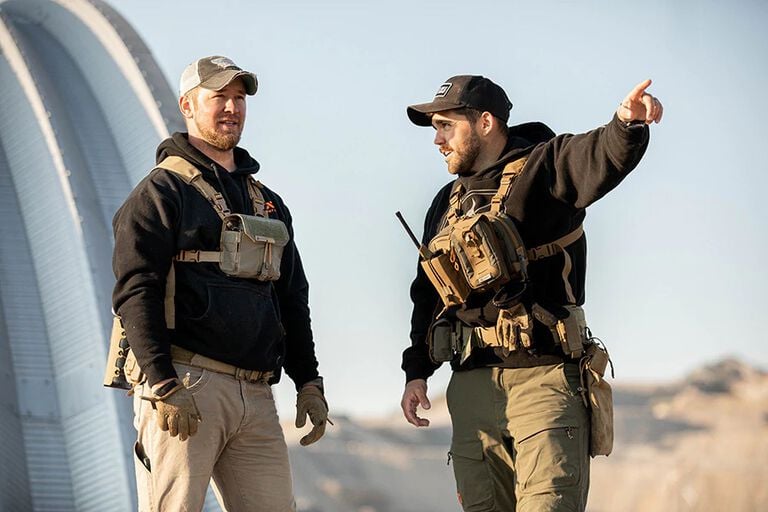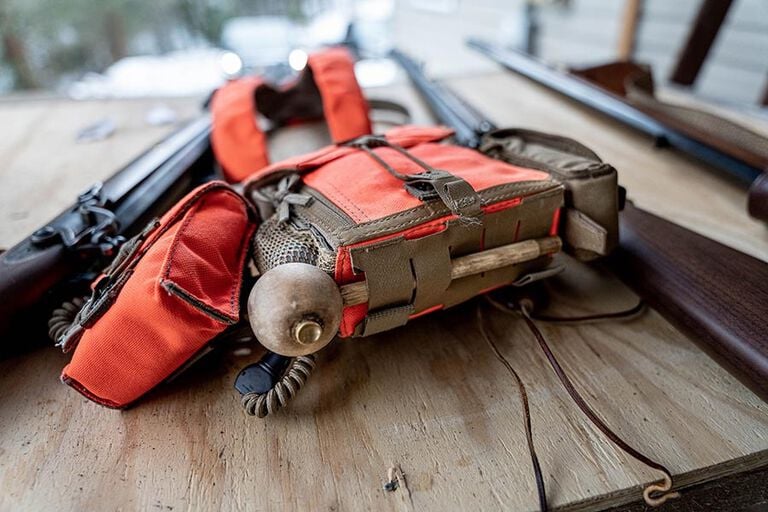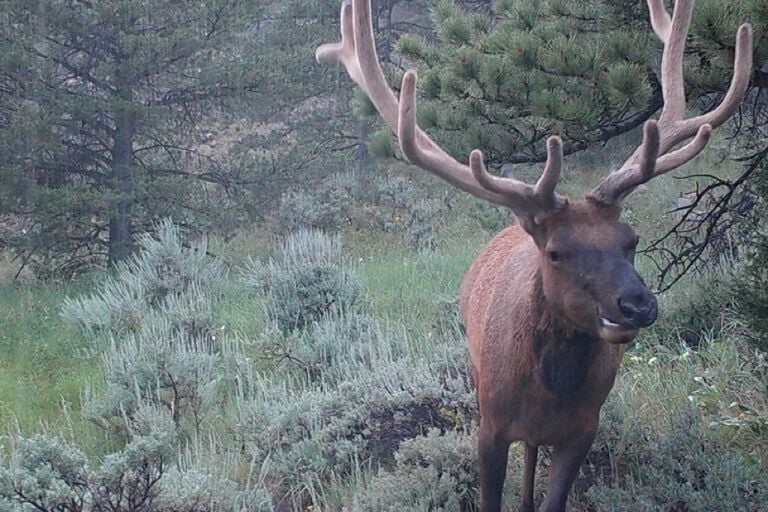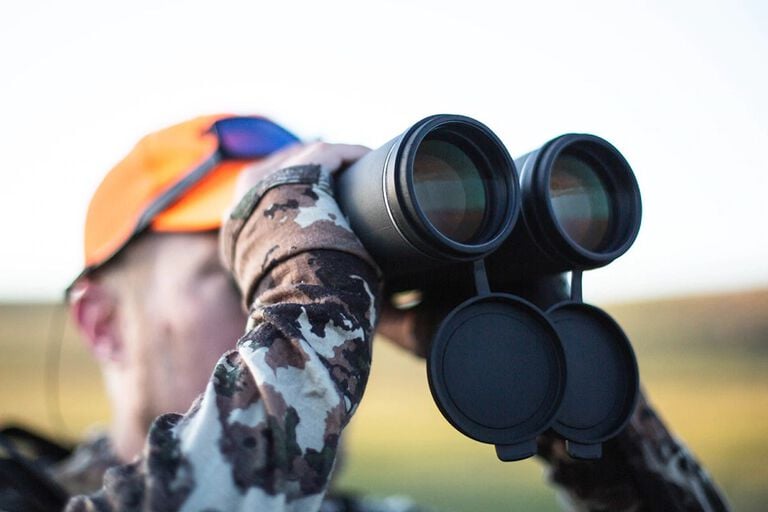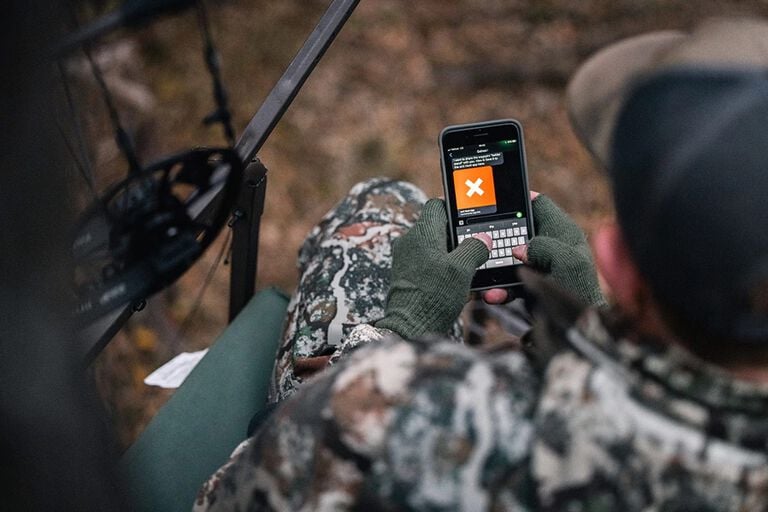Blast From the Past



RICK HUTTON
CONTENT & COMMUNITY MANAGER // FHF GEAR BOZEMAN, MT
FROM EAST TO WEST. It’s hard to have a conversation about Montana’s history without touching on the subject of the mountain man. The two go hand in hand. After all, Montana was put on the map because of notable trailblazers like Jim Bridger and John Colter, and the tools they used, specifically their muzzleloading rifles. Unfortunately, the powder and ball seem to have been forgotten by many modern-day outdoorsmen, especially in western states, like Montana.
Growing up in Pennsylvania, a state with an equally rich history of trappers and traders, the muzzleloader remained a relevant hunting tool with a designated season. In 1974, the Pennsylvania Game Commission put into effect a late-season traditional flintlock season. To this day, it remains the only black powder season in the U.S. that requires a flintlock ignition rifle.
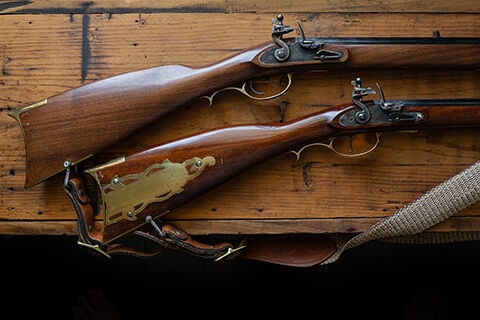
Raised in a family that embraced the dedicated season, the flintlock rifle had a profound impact on my youth, and ultimately, my hunting style. The first deer hunt that I accompanied my father on was during the late season flintlock season. Additionally, the first deer kill I witnessed fell to a .45 caliber lead ball from my father’s flintlock. Even my Boy Scout troop had a dedicated camping weekend where we slept under wool blankets, ate hardtack, threw tomahawks, and shot muzzleloaders. In our communities flintlocks were the norm — and it certainly wasn’t uncommon to spend a weekend at a muzzleloader shoot, held by local black powder gun clubs.
In 2016 I made the move to Montana. Always fascinated by the West, I found it odd that a state, with such a rich history of hawk and gun, had no such dedicated muzzleloader season, much less any dedicated black powder gun clubs I could find. In early 2021 all of this changed when House Bill 242 was signed into effect and Montana established a nine-day muzzleloader season, beginning December 11.
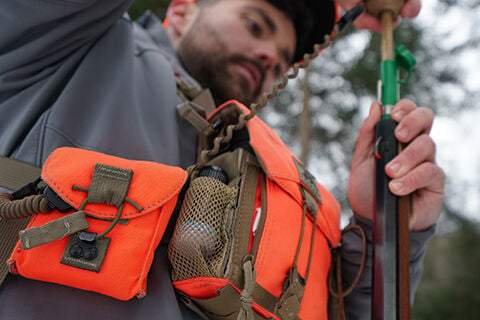
With Montana now hosting a muzzleloader- specific season, I can't help but hope that interest around muzzleloading rifles will increase. That said, I've put together some of what I think are key factors every new black powder hunter should consider.
KNOW YOUR REGS.
First and foremost — always check your local regulations as they vary from state to state. For local Montana hunters, you can find the 2021 muzzleloader regs at https://fwp.mt.gov/. As always, make sure any equipment you take to the field complies with regulations for your area. Once you have ensured your equipment complies with state regulations, another important item hunters must consider is knowing how to handle powder and ball.
BLACK POWDER. For those who are not used to handling black powder it could seem a bit nerve-racking, as it is more unstable than smokeless powder. However, it is very easy to handle with a few considerations. Perhaps the most important is to be mindful that it is very flammable. Be sure to leave all ignition sources away from your powder.
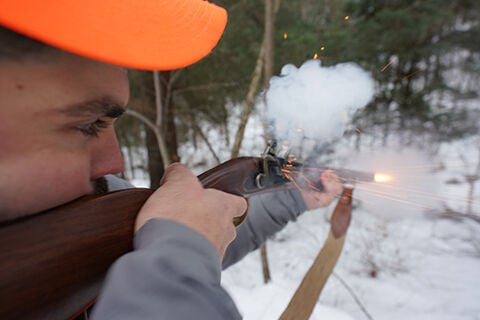
Black powder is also extremely sensitive to moisture, and even a high humidity day can cause the ignition speed of black powder to change. In Pennsylvania, the damp winter months caused “hang fires,” which could be dangerous to the user. A “hang fire” is when the powder burns slowly after the ignition and delays the main charge from firing. High moisture content in the powder could even cause a failure to ignite. Be aware of how you are storing your powder at home, on the way to the field and how you handle your powder in the field. I strongly recommend discharging your firearm at the end of each day, cleaning and then reloading at the start of the next hunt. Leaving a flintlock loaded the entire season provides an opportunity for moisture to creep in, and leave you with nothing more than a flash in the pan at that critical moment.
Dealing with a loose powder charge is not the only consideration for the new muzzleloader hunter. Bullet choice is also important. Those of us who love our centerfire cartridges know that bullet technology has made some significant advancements in the last few years. However, with a traditional muzzleloader you are taking a step back. I hunted for years with a round lead ball and I have witnessed those round lead balls have tremendous terminal performance; as well as some of the poorest terminal performance.
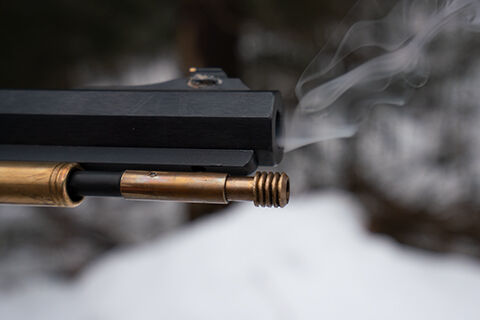
Today’s market includes great choices for modern type conical or maxi bullets, which I highly recommend, especially if you plan on going after elk with your muzzleloader. No matter what lead ball or bullet choice you end up using, remember you are sending that slug downrange at very slow speeds compared to your centerfire rifle. With a 180 grain round ball typically around 1400-1600 fps at the muzzle, and even slower if you are using a heavier bullet. Keep this in mind when you are deciding what is an ethical shot for your setup. I can't help but think of all the deer I watched drop at the report of one shot, the deer who took a few quick reloads and those deer we never found. Even if you have a great setup, a great bullet, and are an excellent shot, the chance that a second shot will be needed with a muzzleloader is high.
GEAR UP. Have your gear organized and your kit dialed for fast but proper reloading. I highly recommend having at least three or four modern-style speed reloaders attached to your bino harness or pack belt. This will keep them within easy reach for those fast follow-up shots. Typically, on a muzzleloader hunt I run my FHF Gear Bino Harness storing not only my binos but extra flints, a brush and touch hole tool, flash pan primer tool as well as my ball starter tucked into the bottom MOLLE panel. I also keep two speed loaders tucked in a FHF Sidekick Pouch on the side of my harness for easy access.
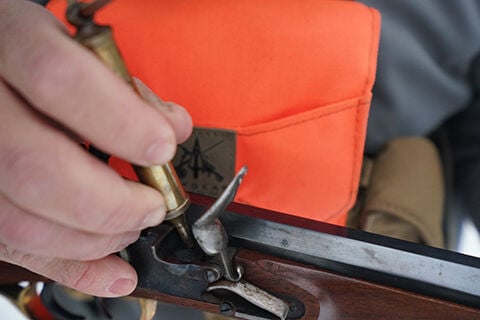
A final consideration is the importance of training and practice. Especially if you decide to go the flintlock ignition route and not the percussion style ignition. This flash in the pan close to your face takes some time to gain confidence with. A flinch or lack of flinch could mean the difference between a well-placed shot and a wounded deer or elk.
So remember, have your gear in order and be familiar and comfortable with the placement of critical items. Train, educate yourself and practice with your equipment. Lastly, enjoy a blast from the past with your muzzleloader.





